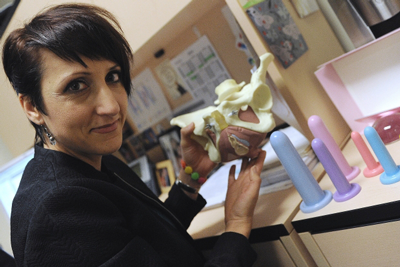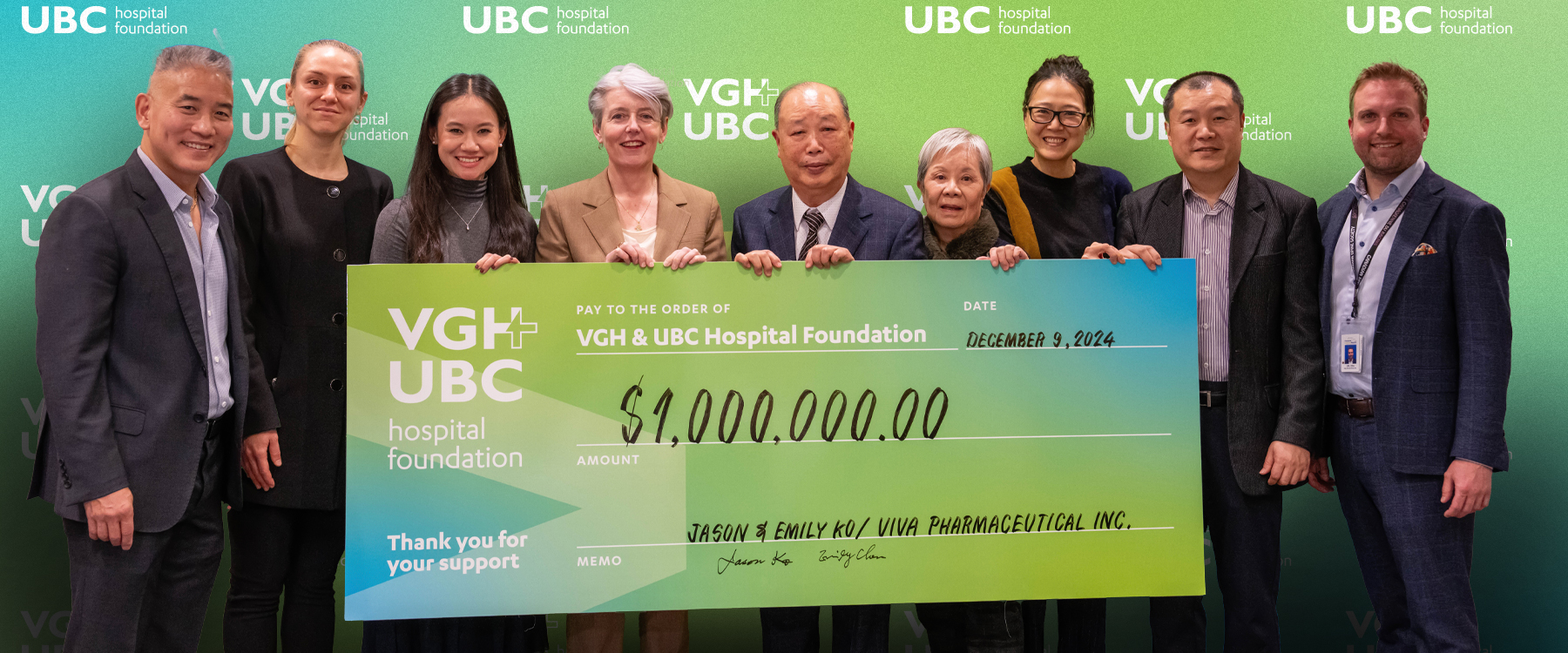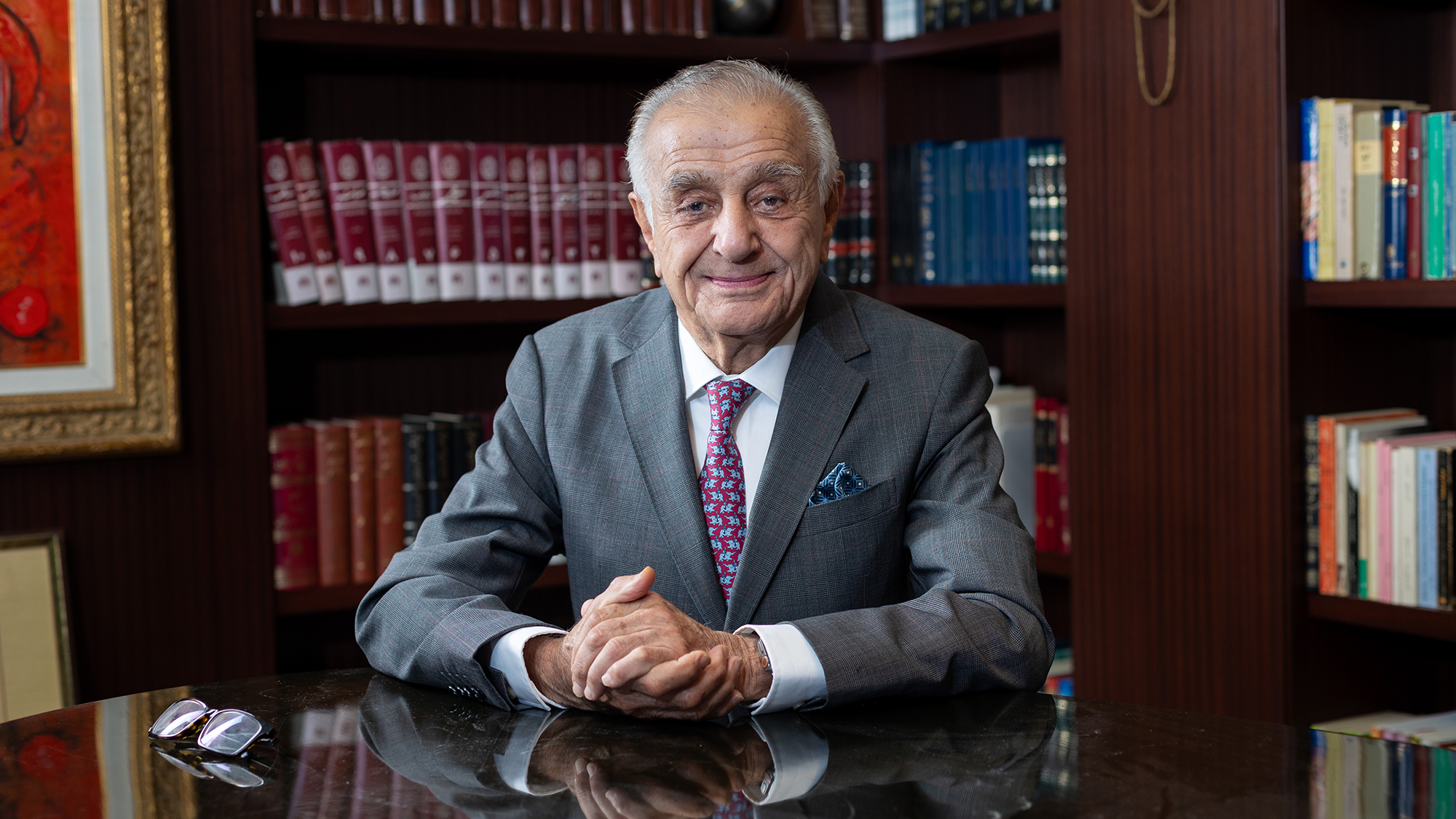
Public lecture next month to focus on common but misunderstood genital condition
BY ERIN ELLIS, VANCOUVER SUN
What: Public lecture on genital pain and sexual health
Where: UBC Robson Square – Main Theatre, room C300
When: Feb. 5, 2014
When: 7 to 8 p.
It’s out of sight but rarely out of mind.
That’s how it feels for the about one in six Canadian women who live with genital pain known as vulvodynia. It turns sexual intimacy into an ordeal and, because it’s a delicate topic, it isolates women who experience it.
“I felt like I was not entirely a woman,” says Carla Kirk, 32, who developed vulvodynia in her late teens. “I felt incomplete, and it affected my self-esteem. … Once I got into the program, I found out it’s really common, but no one wants to talk about it.”
The program she mentions is a fiveyear-old project at Vancouver General Hospital that is the only one of its kind in North America that brings a gynecologist, psychologist and physiotherapist together to treat patients. The multidisciplinary vulvodynia program recently got funding from the federal government to teach its methods to other hospitals in B.C. and will be holding a public lecture on the topic on Feb. 5 at Vancouver’s Robson Square.
For Kirk, treatment has made a world of difference.
“It’s so much better now. We’re trying for a baby,” she said in a telephone interview from her home in the Fraser Valley. “It really felt like there was a solution and got my husband involved. He felt afterward that he understood it better. He was very much on board with the program.”
Participants must commit to 12 sessions over four months, and several of the sessions are open to partners. Almost 300 women have been treated. Women are required to have a doctor’s referral and get an initial assessment before being put on the three-to-sixmonth waiting list.
Lori Brotto, a psychologist and professor in the department of obstetrics and gynecology at the University of B.C., practises at the clinic. She says the complex causes of vulvodynia – and its lack of visible signs – mean many women conclude that it’s a psychological problem.
“In general there is a taboo around sexuality, and it’s hard to talk about. And because you can’t see anything on a physical examination – the vulvar anatomy looks totally normal – the physician will conclude it’s all in your head. They say, ‘Go home and have a glass of wine,’ ” says Brotto.
Serious medical researchers began looking at vulvodynia only in the past 15 years and has determined that 16 per cent of women will experience such pain at some time in their lives. (The vulva is defined as the entire outside area of the female genitalia, between top of the legs and outside of the vagina.) Brotto says the historical incidence of vulvodynia is not known, but it’s likely the condition was either silently borne by women in the past or diagnosed as frigidity in those who did speak to a doctor.
It’s now divided into two major subtypes: generalized vulvodynia and provoked vestibulodynia (PVD), in which the pain occurs when the area is touched. Only patients with the second condition are accepted at the clinic, and Brotto says there’s a serious “unmet medical need” for the treatment of generalized vulvodynia.
Although the specific causes of most cases remain a mystery, research has linked vulvodynia to recurrent vaginal infections, including yeast infections; injury to the nerves surrounding the vulva; and allergies.
It is not a sexually transmitted disease nor a skin condition, and it is not linked to cancer. It’s not a post-menopausal dryness, although hormonal changes can play a role, says Brotto.
Vulvodynia also affects young women and is the most common cause of sexual pain for women under 30.
“It is very confusing for young women. First of all, they discount it. They say to themselves, ‘Sex is supposed to hurt. Or maybe my body isn’t built for using tampons.’ They kind of write it off, and in some cases the pain goes on for years before they realize that this is not normal,” she says.
An array of treatments are used, including numbing skin creams and lubricants, and group counselling sessions that discuss the psychological effects of coping with the condition. Women undergoing treatment are advised to wear only white cotton underwear, sleep without underwear, avoid bubble baths, use hypo-allergenic menstrual products and laundry soaps.
There are also physiotherapy sessions that teach women how to detect when the muscles of the pelvic floor are tense and how to relax them. Vulvodynia can cause chronic tightening of muscles in area as the body braces for anticipated discomfort.
“Women are often told to practise Kegel exercises, but we’re supposed to do the opposite of that,” said Julianna Slomka of Saltspring Island, who made the long trip to the clinic for 12 sessions in 2010 after decades of unanswered questions.
“I can’t even tell you how many gynecologists and specialists I went to before one gynecologist believed me and sent me to the clinic,” said Slomka, 51, in a telephone interview. “After all those years of suffering, I can’t imagine what my life would have been like without getting into the program.”
“Sometimes the pain was so uncomfortable that that’s all you could think about, not just during intimacy, but all the time.”
She says she still has flare-ups but is able to cope with relaxation and breathing techniques similar to those recommended for dealing with chronic pain.
Although vulvodynia is a physical condition, rather than mental one, Brotto says it causes high levels of anxiety that can exacerbate pain. Learning how to tame that angst through group sessions has proven useful.
“Some research finds that over the long term that’s the most effective treatment. That it’s the psychological approach that helps them manage their pain for the longest time.”
Kirk explains it this way: “I think that first of all there is a physical component, and after that comes the psychological component, and they feed into each other. For years, doctors told me it was just psychological so I was sent to counselling which would have been helpful if it was linked to physiotherapy, but on its own is not enough.
“It’s difficult to talk about it now even though society is supposed to be so open about sex,” she says. “I think women just put up with it and NEVER talked about it. And until recently women weren’t really equal to men, and so if they had talked about it, nothing would have been done.”
Start up funds for the program were generously provided by the Leslie Diamond Foundation.
Email Erin Ellis, Vancouver Sun
For more information, go to GYNintheknow or @DrLoriBrotto on Twitter.
© Copyright (c) The Vancouver Sun
Share this:



